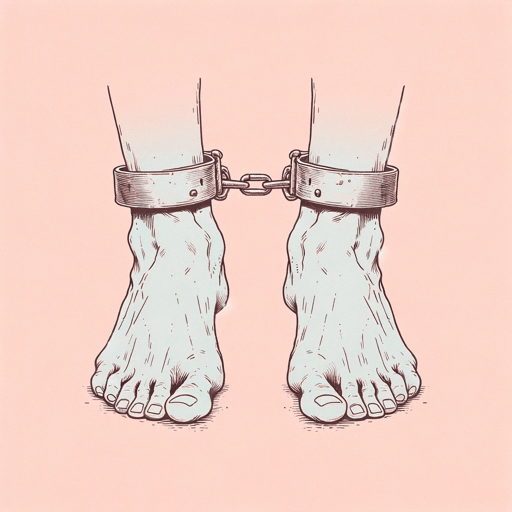90 pages • 3 hours read
Mary E. PearsonThe Adoration of Jenna Fox
Fiction | Novel | YA | Published in 2008A modern alternative to SparkNotes and CliffsNotes, SuperSummary offers high-quality Study Guides with detailed chapter summaries and analysis of major themes, characters, and more. For select classroom titles, we also provide Teaching Guides with discussion and quiz questions to prompt student engagement.
Symbols & Motifs
The Cotswold Cottage/Jenna’s Room as Jenna
One early and consistent motif is the comparison between Jenna’s house and her room and Jenna herself. Jenna immediately recognizes that there is something unnatural about this big mansion—for some reason described as a “cottage”—just as there is something unnatural about the way she lives. Since a “Cotswold” is a kind of sheep, Jenna reasons, “we should live in a one-room house meant for sheep” (15), instead of a twenty-room estate where most of the rooms are locked or empty. Jenna’s own room is “cold...in temperament” (15), much as Jenna herself is, as she has trouble processing emotions or feeling love (9). And just as Jenna is in the process of healing, the house is in the process of being renovated. Both projects are rigidly overseen by Jenna’s mother: “Fixing me and the Cotswold are her new careers” (13). While the house improves daily, with “workers coming and going and restoring” (43), Jenna feels that her mother “expects to see the same measure of improvement” (43) in Jenna’s memory. However, unlike the passive house, Jenna ultimately decides, “I don’t want restoration. I want a life” (43). As she changes, the house changes as well. She finds the keys to locked closets and explores the Cotswold’s room.
Related Titles
By Mary E. Pearson




